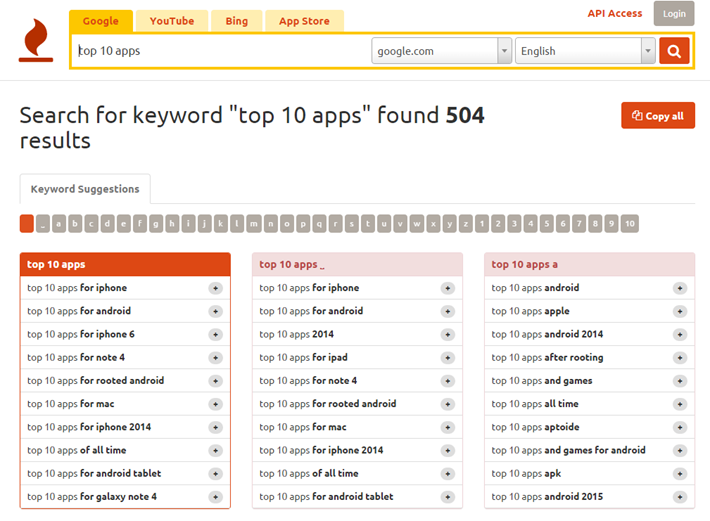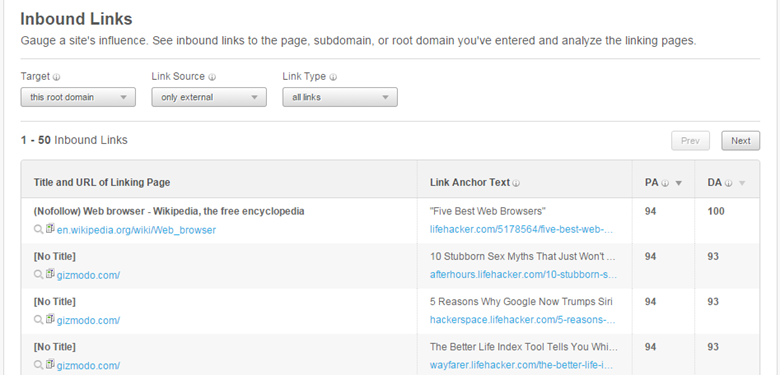Elena Vakhromova is a blog editor at Freemake, a famous developer of free Windows tools. Elena loves sharing her expertise on blogging, SEO, and modern digital technology.

When you’re blogging for several years, you know how difficult it is to generate new post ideas. Especially when it seems that you have already covered all possible and impossible topics in your niche. And it remains a challenge to come up with a post search engines love.
How do bloggers usually come up with topics for new posts?
- Google Keyword Planner
- Google Trends
- see what competitors are writing about
- check out social media tops,
- look over received tips
- recollect their own experience.
All good and time-tested — but it’s not enough if you want interesting and SEO-friendly post ideas.
When we just started our blog we had plenty of post ideas off the top of our heads. It’s only when we looked at our analytics that we realized those posts didn’t bring any search engine traffic. So we changed our brainstorming process completely. Now we pick up topics which have a good SEO potential and seem us worth covering.
The following tools help us do this in a hassle-free way.
1. Keywordtool.io
Find keyword ideas on the basis on popular search engine suggestions.
Pick the Google country of your choice, language, and enter keywords related to your blog.
You get a huge list of 100% popular queries around your keyword.
Pick up the most interesting ideas and when done, maube try the other tabs too.

2. Buzzsumo
Lists blog posts and sorts the results by social shares.
Enter some keywords and they list the most shared posts from around the web on that topic.
You can filter the results by date range, post type, country, and language. Have a look at the results and steal the most interesting ideas for your blog.
With a free account you’re limited in search tries and viewable results. You can sort on different columns to see a bit more.

You can also use Buzzsumo to spy on your competitors. Enter a site domain and check out their top shared posts for a specific period.
3. OpenSiteExplorer
Use OpenSiteExplorer to find out which of your posts or your competitors’ get the most backlinks.
Start by typing a domain name into the MOZ bar and filter the results by target “this root domain”, link source “only external”, and link type “all links”.
You’ll see the most authoritative backlinks. These are the topics that bring you more backlinks. Write more posts like these.

4. Wikipedia
Search for some keyword phrases related to your blog. Use Wikipedia’s search or do a Google “site:Wikipedia.org” search.
Scroll down the results and see what headlines seem worth covering.

Next, look for an exact article that matches your keyword or topic. Look at its table of contents; usually you can outline the points into a blog post series. Select those which match your blog style best.

Finally, check the bottom of the article. From the “See also” section you can borrow suggestions of Vs.-posts where you compare things. Check References and Further reading to get inspiration from articles that were so good they’re used as reference sources.
5. Internal Search
I bet you have a search bar on you blog. Have you ever analyzed the search queries on you blog?
Don’t worry if you haven’t set up site search yet; you can still see your search queries. (To see how to setup site search analytics, click here)
Go to Behavior > Site content > All pages and type in the search bar something like “/?s=” or “search/?q=” (depends on how the search on your blog is done). Check the top queries yourself, especially those which render “No results”. Maybe, you’ll discover a next big thing to write about.

*Leader image made with photo by misspixels
5 Tactics To Get Brilliant SEO-Friendly Post Ideas
The post 5 Tactics To Get Brilliant SEO-Friendly Post Ideas appeared first on Search Engine People Blog.
(247)
Report Post







